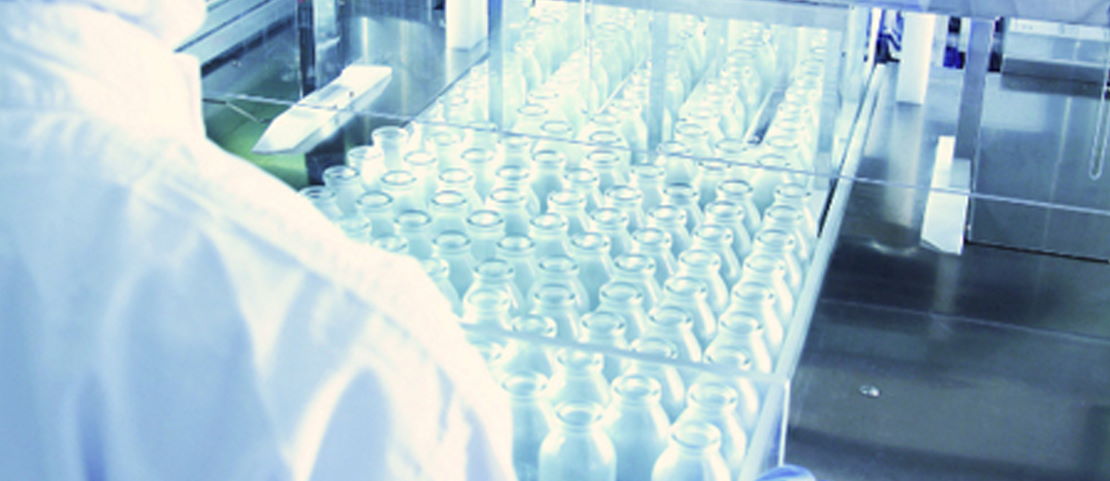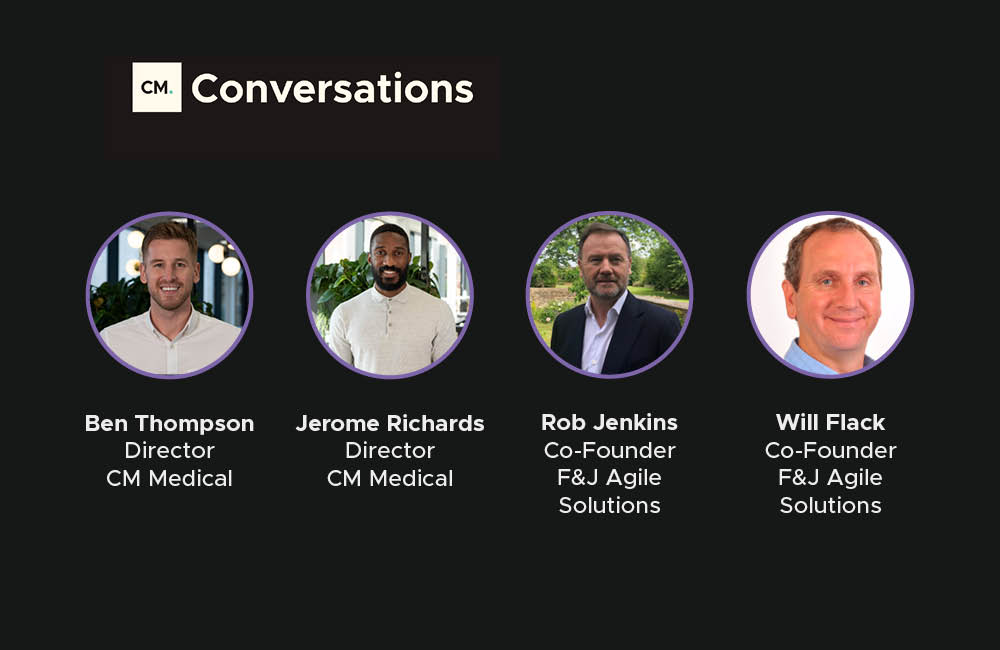

5 Companies Making Headway in the Low Temperature Sterilisation Market.
Infection is a huge problem in hospitals. To try and mitigate that, instruments have to be sterilised regularly to stop the transmission of disease and infections like MRSA.
However, not all instruments are created equal and some cannot be sterilised without damaging them.
Medical devices which are temperature and moisture-sensitive require sterilisation to take place at a lower temperature. They can’t handle the high heat that a traditional autoclave steam steriliser introduces.
Until recently, there were two types of LTS: mixed gas and 100% ETO. Until 1995 ETO’s were combined with chlorofluorocarbon (CFC) as a stabilizing agent. However, CFCs were banned in 1995 and the Occupational Safety and Health Administration (OSHA) recently deemed in some states that exposure to ETO was an occupational hazard. Also, ETO cycles can traditionally take a long time to sterilise a device, which in time sensitive hospital environments isn’t ideal.
This presents a problem – some sensitive devices still require sterilisation, but gradually options have diminished as to how they can be sterilised.
As with every other market, demand breeds innovation and nowhere has this been more evident than in the low temperature sterilisation space. We’ve seen FDA approvals for 100% ETO methods and non- CFC stabilising agents for the mixed gas alternatives, with hydrogen peroxide sterilisation also becoming a big part of the market, as I’ll explain later.
There are also a host of other solutions in development that aren’t yet FDA approved, but they’re queuing up at the door to get it. Whilst it’s not guaranteed they’ll all get the green light, the amount of R&D spend being invested into this field means that it’s a matter of time before even more new solutions emerge.
The financial performance of the market also shows it’s a hotbed of innovation. The market was worth approximately $1.1B in 2016 and is expected to witness a CAGR of 10.6% up to 2025. With figures like that, it’s no surprise that it’s such a big focus for so many.
Another benefit of low temperature sterilisation is its short turnaround times and uses a lower amount of energy. This makes for a relatively low-cost solution.
I’ve taken a look at 5 companies leading the way in the low temperature sterilisation market.
Steris have long been a leader in the low temperature sterilisation field. Their device, the V-PRO maX, has been around for a few years now, and has undergone significant developments to cut down on time taken to sterilise and also increase the amount of equipment it can handle in one cycle, boasting a significantly higher load capacity than that of its competitors.
Hydrogen peroxide is also, unlike many of the other materials available, totally non-toxic.
As a leader in the field, Steris’ system utilises their own proprietary vaporised hydrogen peroxide technology to get results fast, with their non-lumen cycle providing results in less than 30 minutes.
The Israeli autoclave and steriliser specialist Tuttnauer have produced the PlazMax, their solution for low temperature sterilisation. The PlazMax is specifically designed for tools used in gastrointestinal and respiratory endoscopy clinics and can be based in the OR, meaning physicians have fast access to sterilised equipment.
The PlazMax also uses hydrogen peroxide in the process like Steris, but using plasma, the fourth state of matter, instead of using the chemical as a gas.
Available in a variety of sizes, the non-toxic sterilisation procedure produces results in 35 minutes on a normal cycle and allows sterilisation at a temperature of between 50 and 55°C.
With the HS66 Turbo Combi, Getinge have gone to great lengths to provide a one-stop device for all a physician’s sterilisation needs. Their device allows for both traditional high temperature and low temperature sterilisation in the same machine.
Getinge have also patented their own Turbo technology, which speeds up the process of sterilisation. Their combo machines, combined with this original technology, helps hospitals prioritise efficiency in their processes.
Theirs is a high capacity machine which allows for the sterilisation of a wide range of different products.
Matachana’s low sterilisation solution, the 130HPO is another innovative system which utilises the low-temperature sterilisation capacity of hydrogen peroxide.
Matachana have also introduced innovation into the process in other ways, like their patented packaging BluKat system which has a range of features including RFID batch control to help ensure better results.
Another unique aspect of the 130HPO is their use of a Process Control Device (PCD) in unloading equipment which allows for a comprehensive reporting process to record the achievement of sterile conditions.
Belimed made headlines in 2017 when they acquired Portuguese low temperature sterilisation specialist Sterifast, which gave them ownership of Sterifast’s own unique hydrogen peroxide low temperature sterilisation process.
The acquisition marked Belimed as another full solution provider of sterilisation and infection control products.
Utilising this technology, they’ve released the PLASMASTER 40, 80 and 140 – their own low temperature plasma steriliser, an environmentally friendly, low energy steriliser which can handle complex medical instruments.
Recommended.
.jpg)
Infection Prevention & Sterilisation: Stopping the Spread of COVID-19.
Infection prevention and sterilisation has gone from being an unsung hero of healthcare to one of the most important markets in the world. Click to find out more.

"You often don't have to persuade people there's a need for change, you just have to show them how to do it"
For this episode of CM Conversations, Ben Thompson & Jerome Richards, Directors at CM Medical, spoke with Rob Jenkins and Will Flack from F&J Agile Solutions.

The Unknown Unknowns of M&A
Even if you’ve been through the process, you may not be aware of exactly what goes into M&A deals. Today, we’ve tried to look into that in a little more detail with Transaction Liability Team Leader Grant Hollis from CFC Underwriting.

The 4 Day Week
As businesses prioritise the wellbeing of their employees, the concept of working a 4 day week is shifting from distant pipedream to reality for a range of organisations around the world.
Comments.